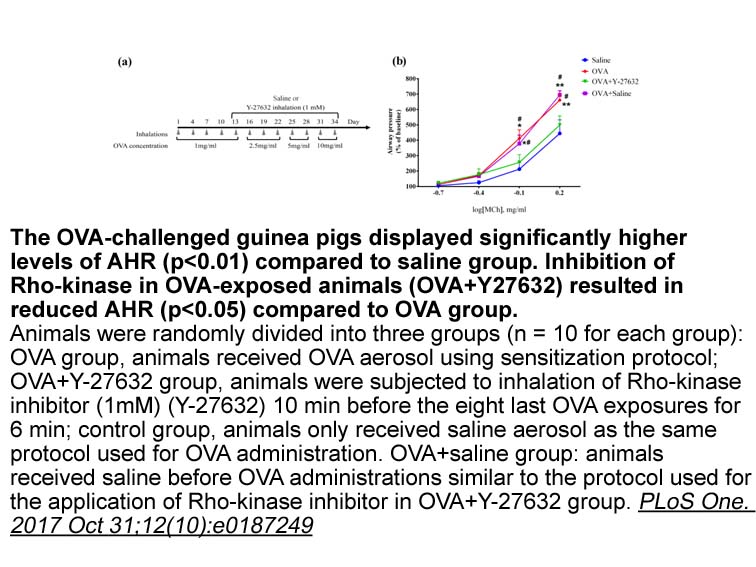Archives
br Author contributions br Declaration of interests br Ackno
Author contributions
Declaration of interests
Acknowledgements
This publication made use of the Neisseria Multi Locus Sequence Typing website (http://pubmlst.org/neisseria/) developed by Keith Jolley and sited at the University of Oxford (Jolley and Maiden, 2010). The development of this site has been funded by the Wellcome Trust and European Union.
This publication also made use of the Meningitis Research Foundation Meningococcus Genome Library (www.meningitis.org/research/genome) developed by the Health Protection Agency, the Wellcome Trust Sanger Institute and the University of Oxford as a collaboration.
Introduction
Tijuana, Baja California is the fifth largest city in Mexico, and it shares an international border with San Diego, California, which is the eighth largest city in the United States (US). Tijuana\'s proximity to the US and the presence of large numbers of factories operating in the free trade zone between the US and Mexico have led to a large number of migrants to Tijuana from other parts of Mexico and from across Central and South America (Bronfman et al., 2002). In addition, California is home to the highest concentration of immigrants of Mexican-origin in the US, and many of these individuals commute regularly across the border to Mexico to visit family and access goods and services (Servin et al., 2012). Further, tourism draws large numbers of US residents south to Tijuana and the rest of Baja California (Latino, 2014). Hence, the land border crossing between San Diego and Tijuana is one of the busiest in the world, with over 50 million crossings each year (RITA, 2012). This extensive flow of people can lead to the rapid dissemination of infectious diseases, as demonstrated by the H1N1 influenza epidemic of 2009 (Dawood et al., 2009).
HIV is another important infectious disease with high potential for transmission along the San Diego–Tijuana border. The large migrant glut 1 and the border have fostered a thriving market for quasi-legal prostitution, which is permitted by Mexican authorities in a “tolerance” zone (aka Zona Roja), which is walking distance (<200m) from the border with the US (Patterson et al., 2009). The low cost of transactional sex in this tolerance zone results in large numbers of US customers (Sirotin et al., 2010), and sex workers having US clients are offered more money for unprotected sex, have higher rates of other risky behaviors including drug use, and consequently have significantly higher rates of HIV infection than the general population (Patterson et al., 2009; Wagner et al., 2013; Syvertsen et al., 2014). Another important HIV risk group in the region is men who have sex with men (MSM). The prevalence of HIV is equally high among MSM in both San Diego and Tijuana, with estimated rates of 18% and 20%, respectively (MMWR, 2010;  Pitpitan et al., 2015). Further, HIV risk factors often co-occur as ~47% of male injection drug users in Tijuana reported at least one lifetime male sexual partner (Deiss et al., 2008) and ~10% of San Diego MSM reported ever using injection drugs (Ghanem et al., 2011).
Along international borders, like the San Diego–Tijuana region, understanding the dynamics of HIV transmission across reported risks, racial/ethnic groups, and geography on each side of the border, and how the epidemics are linked, will be important in the implementation of effective prevention efforts (Mehta et al., 2010). Since HIV evolves rapidly, viral sequences isolated from infected individuals are typically unique, and transmission networks can be inferred by identifying sequences that are genetically closely related (Smith et al., 2009; We
Pitpitan et al., 2015). Further, HIV risk factors often co-occur as ~47% of male injection drug users in Tijuana reported at least one lifetime male sexual partner (Deiss et al., 2008) and ~10% of San Diego MSM reported ever using injection drugs (Ghanem et al., 2011).
Along international borders, like the San Diego–Tijuana region, understanding the dynamics of HIV transmission across reported risks, racial/ethnic groups, and geography on each side of the border, and how the epidemics are linked, will be important in the implementation of effective prevention efforts (Mehta et al., 2010). Since HIV evolves rapidly, viral sequences isolated from infected individuals are typically unique, and transmission networks can be inferred by identifying sequences that are genetically closely related (Smith et al., 2009; We rtheim et al., 2014). In collaboration with multiple research groups in Tijuana and San Diego, we evaluated HIV sequence and socio-demographic data to characterize the HIV transmission network in the San Diego–Tijuana region.
rtheim et al., 2014). In collaboration with multiple research groups in Tijuana and San Diego, we evaluated HIV sequence and socio-demographic data to characterize the HIV transmission network in the San Diego–Tijuana region.
Methods